Dec. 13 to Dec. 19
On a good day, workers digging the 5,483m-long Anshuo Tunnel (安朔隧道) made two meters of progress. While the brittle rock was easy to blast through, it also collapsed easily, and the crew proceeded carefully as any mishap could set them back weeks.
“We worked around the clock, but we often moved forward just the lengths of two desks,” recalls construction supervisor Shih Ching-pian (施清覑) in the South Link Report (南鐵報導) newspaper.
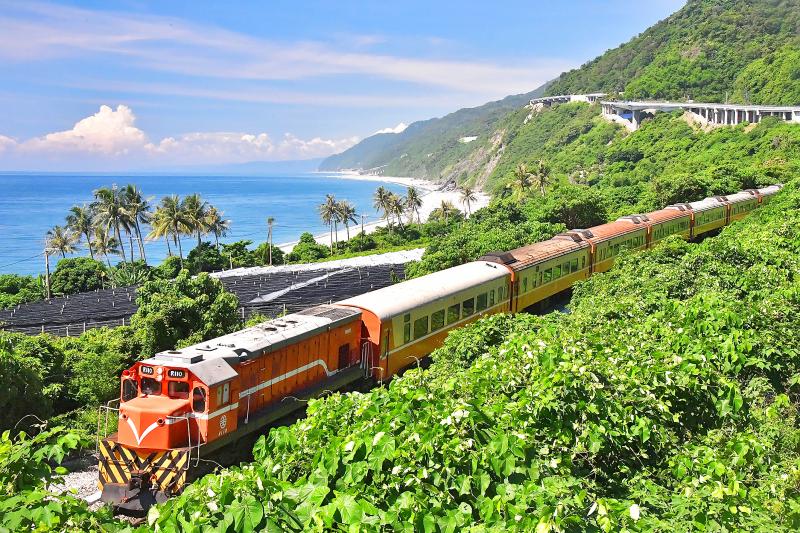
Photo courtesy of Lai Chien-yi
The Anshuo Tunnel is the second longest of 36 tunnels blasted through the Central Mountain Range to build the South Link Railway (南迴鐵路), which was the final section to complete the round-island railroad. Running from Fangliao (枋寮) in Pingtung County to Taitung City, the 98.2km line was inaugurated on Dec. 16, 1991.
Forty percent of the railroad went through tunnels, and the 8,070m long Central Tunnel (中央隧道) was the nation’s longest until the Singuanyin Tunnel (新觀音隧道) was completed in 2003.
Laboring in extreme heat, noise and poor air conditions, many said these workers were “toiling in the belly of the mountain.” Accidents were common, with 21 workers losing their lives.
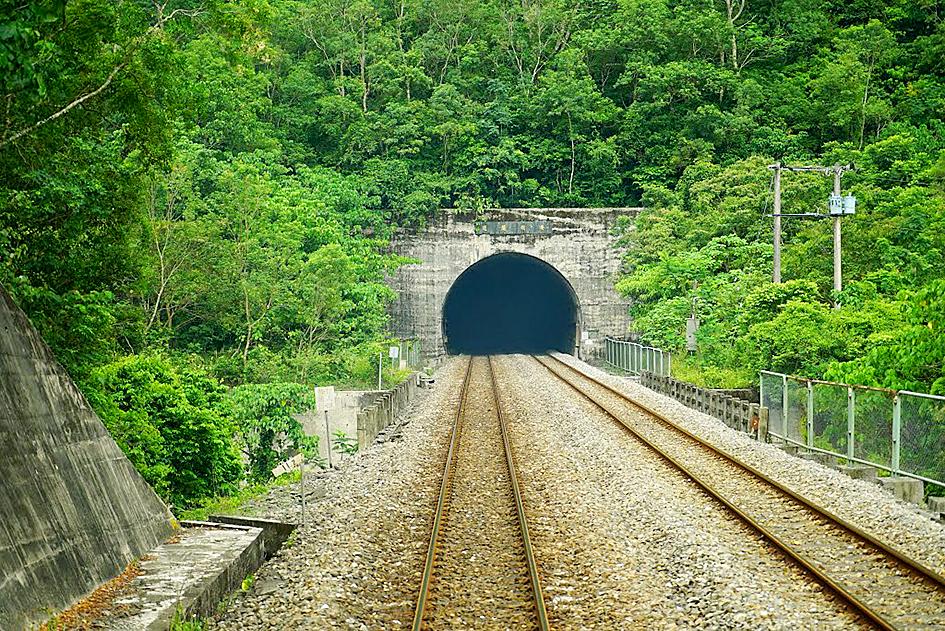
Photo courtesy of Wikimedia Commons
“If the South Link Railway is a baby waiting to be born, the thousands of workers were the ones who endured the birth pangs for the people’s sake,” the South Link Report stated.
The railroad cut travel time between Kaohsiung and Taitung in half, making the journey much safer as well. The government hoped that the South Link would accelerate development on the southeast coast and encourage tourism — just like the North Link did with the northeast coast when it was completed a decade earlier.
NORTHERN SECTION
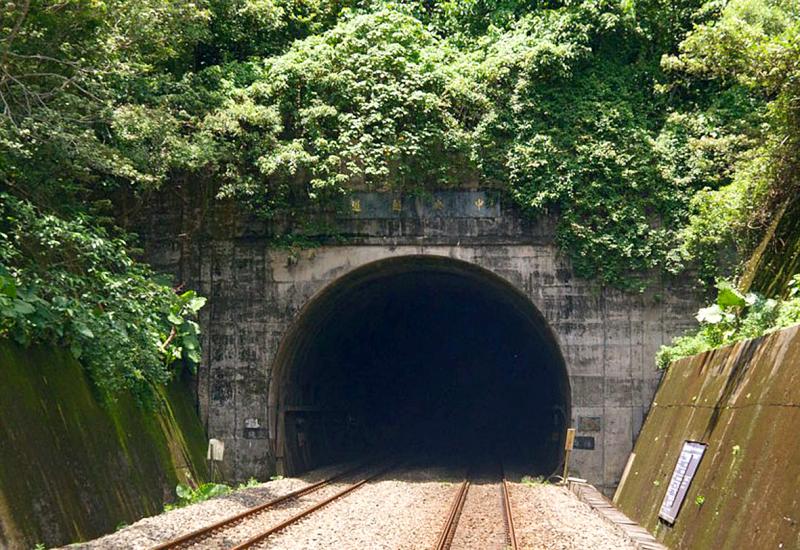
Photo courtesy of Wikimedia Commons
By the time they left, the Japanese had completed most of Taiwan’s round-island railroad, except for the Yilan-Hualien and the Pingtung-Taitung sections. These two projects were included in the colonial government’s development plans, which were cut short by World War II.
The Chinese Nationalist Party (KMT) hoped to complete the endeavor, but due to the rugged, mountainous terrain, they didn’t start planning the Yilan-Hualien North Link Line until 1969. There was a train between Hualien and Taitung, but it was not connected to the main line on either end, making travel quite inconvenient as the roads were often cut off during typhoon season.
There were only two ways to get from Taipei to Hualien then: via a 6am direct bus, or taking the train to Suao (蘇澳) and catching a bus from there. Either way, it took a whole day just to travel 200km.
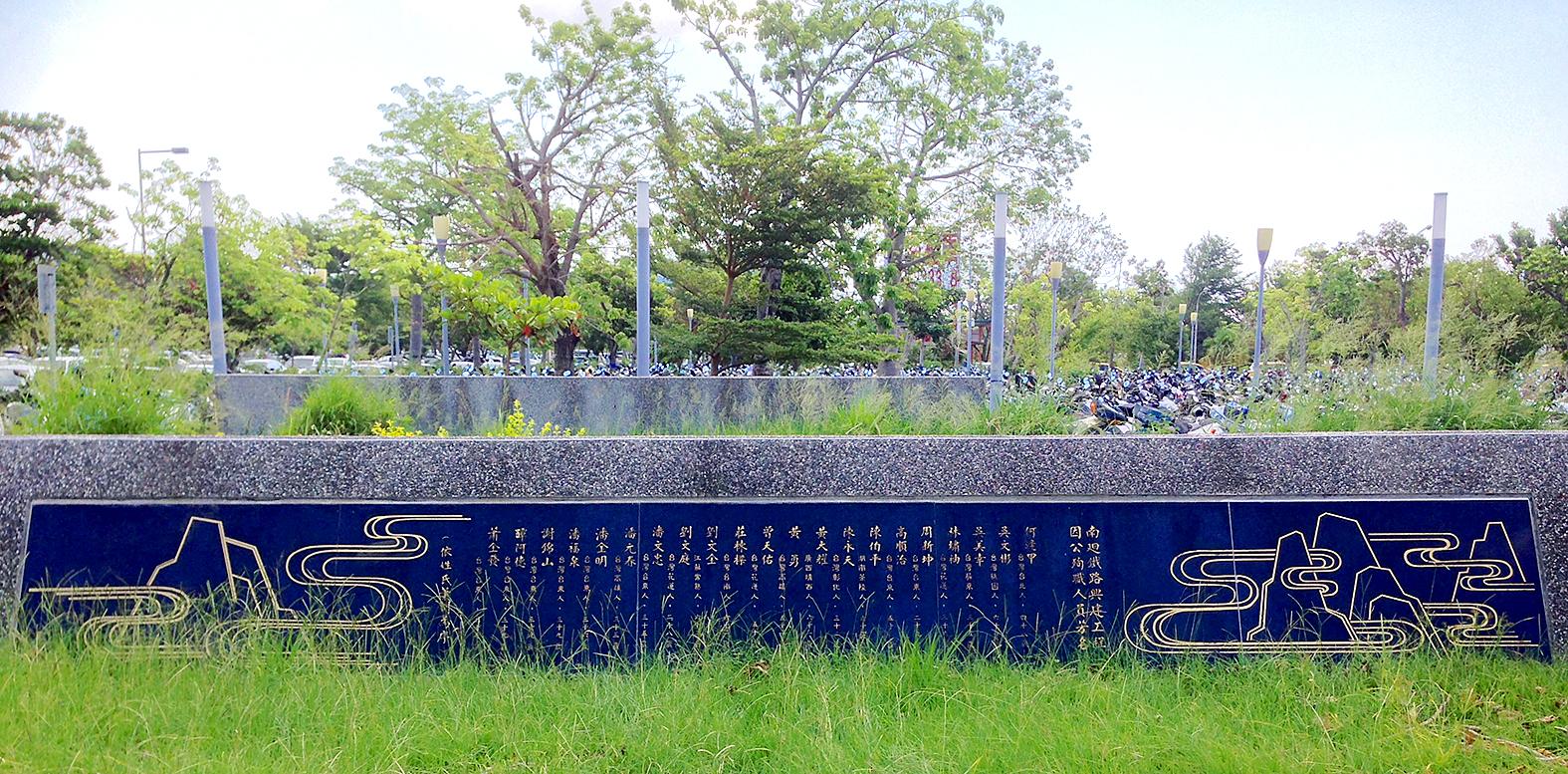
Photo courtesy of Wikimedia Commons
After the disastrous Typhoon Nora in 1973, the North Link Line became a major priority and was listed among the nation’s Ten Major Infrastructure Projects. Like the South Link, it was a challenging endeavor as the geology was unforgiving, typhoons and earthquakes were common and it was hard to transport supplies across the windy and perilous Suhua Highway.
Shih, who studied civil engineering at the former Tainan College of Technology (today’s National Cheng Kung University), was also involved in this project. It took six years to complete this 83.3km route, which included 15 tunnels through the Central Mountain Range, including the 7,740m Guanyin Tunnel.
The Hualien to Sincheng (新城) portion was opened first in July 1975 to accommodate Asia Cement Corp’s local operations, and the rest of it was inaugurated on Feb. 1, 1980.
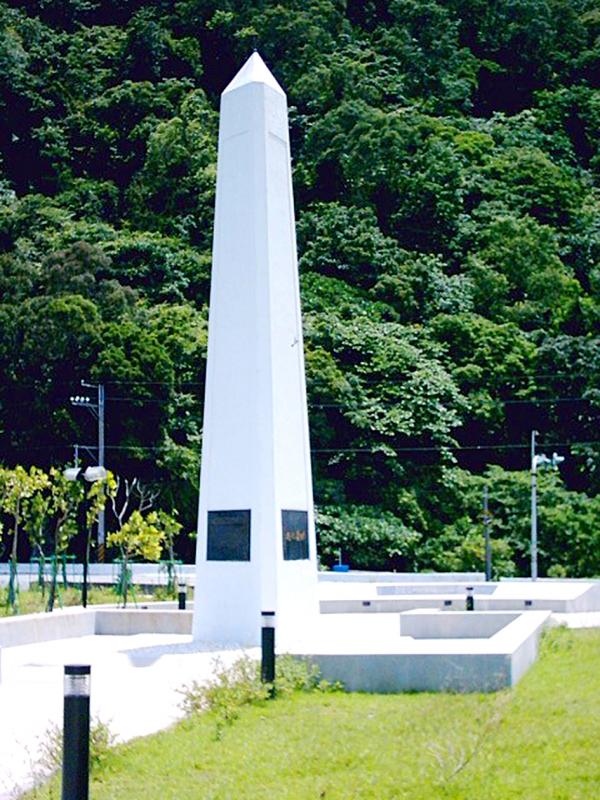
Photo courtesy of Wikimedia Commons
BLASTING THROUGH MOUNTAINS
The KMT had been mulling the South Link since they arrived, conducting surveys in 1947, 1958, 1963, 1968, 1976 and coming up with more than 10 possible routes. They chose the shortest but most arduous option that cut from Fangshan (枋山) straight through the Central Mountain Range. Construction began in July 1980.
Back then, it took about four hours on treacherous roads to drive between Kaohsiung and Taitung. There were only a few buses per day, and the six-hour journey was extremely bumpy and winding. There were even bags for passengers to vomit in.
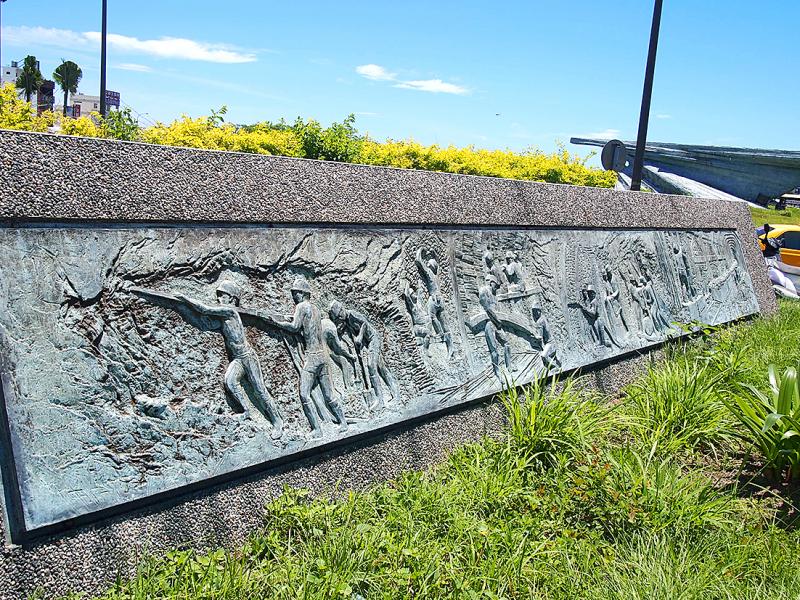
Photo courtesy of Wikimedia Commons
Construction was difficult, as almost half of it involved blasting through steep mountains. The heavy rains and steep cliffs often caused landslides and tunnel collapses, and work was often set back for months due to mishaps. One time, it took three months to pump the water out of a flooded tunnel, and all the equipment inside was ruined. The brittle rock broke off easily, and many workers died from being struck by falling boulders.
In 1985, the Taitung to Jhiben (知本) route was opened first, followed by Jhiben to Taimali (太麻里) in 1988. The mountainous parts in the middle remained problematic with numerous accidents, but bit by bit, the workers pushed through.
By November 1991, the route was complete. The starting point of Fangliao station went from a sleepy backwater station to an important transportation hub, and it was expanded and upgraded with the railway’s completion.
Four days before the South Link Line’s inauguration, then-president Lee Teng-hui (李登輝) boarded a special train in Taipei’s Songshan Station, becoming one of the first people — and the only president — to enjoy a round-trip of Taiwan on rail. The journey took four days as Lee made numerous stops along the way, with a total travel time of 14 hours.
On Dec. 16 that year, the South Link Line was inaugurated with a grand ceremony at Fangliao. However, testing and adjustments would continue for several months, and the public wouldn’t enjoy its services until February the following year.
Taiwan in Time, a column about Taiwan’s history that is published every Sunday, spotlights important or interesting events around the nation that either have anniversaries this week or are tied to current events.

The canonical shot of an East Asian city is a night skyline studded with towering apartment and office buildings, bright with neon and plastic signage, a landscape of energy and modernity. Another classic image is the same city seen from above, in which identical apartment towers march across the city, spilling out over nearby geography, like stylized soldiers colonizing new territory in a board game. Densely populated dynamic conurbations of money, technological innovation and convenience, it is hard to see the cities of East Asia as what they truly are: necropolises. Why is this? The East Asian development model, with

Desperate dads meet in car parks to exchange packets; exhausted parents slip it into their kids’ drinks; families wait months for prescriptions buy it “off label.” But is it worth the risk? “The first time I gave him a gummy, I thought, ‘Oh my God, have I killed him?’ He just passed out in front of the TV. That never happens.” Jen remembers giving her son, David, six, melatonin to help him sleep. She got them from a friend, a pediatrician who gave them to her own child. “It was sort of hilarious. She had half a tub of gummies,

The wide-screen spectacle of Formula One gets a gleaming, rip-roaring workout in Joseph Kosinski’s F1, a fine-tuned machine of a movie that, in its most riveting racing scenes, approaches a kind of high-speed splendor. Kosinski, who last endeavored to put moviegoers in the seat of a fighter jet in Top Gun: Maverick, has moved to the open cockpits of Formula One with much the same affection, if not outright need, for speed. A lot of the same team is back. Jerry Bruckheimer produces. Ehren Kruger, a co-writer on Maverick, takes sole credit here. Hans Zimmer, a co-composer previously, supplies the thumping

There is an old British curse, “may you live in interesting times,” passed off as ancient Chinese wisdom to make it sound more exotic and profound. We are living in interesting times. From US President Donald Trump’s decision on American tariffs, to how the recalls will play out, to uncertainty about how events are evolving in China, we can do nothing more than wait with bated breath. At the cusp of potentially momentous change, it is a good time to take stock of the current state of Taiwan’s political parties. As things stand, all three major parties are struggling. For our examination of the